How I Found My Calling in Upper Cervical Chiropractic
I didn’t grow up dreaming about being a chiropractor. In fact, I kind of stumbled into it. But looking back, every step along the way—every lesson, every frustration, every lightbulb moment—led me right here. And now, I wouldn’t trade this work for anything.
From Playing Sports to Understanding True Health
Growing up, I was all about pushing my body. Sports, working out, testing my limits—I loved seeing what I could do physically. But one thing became clear early on: most people around me saw health as something to manage, not something to optimize.
Got pain? Take a pill. Feel tired? More coffee. Stressed? Just push through it.
That never made sense to me. Why were we just covering up problems instead of fixing them? I didn’t have the answer yet, but I knew there had to be a better way.
The Random Encounter That Changed My Life
After college, I spent six months in Chamonix, a small town in the French Alps. I had no idea this trip would change my life. While I was there, I met an American chiropractor who was helping people in ways I had never seen before.
He wasn’t just cracking backs and sending people on their way—he was changing lives. People came to him when they had nowhere else to turn, when traditional medicine had given up on them. And somehow, through natural means, he was getting them well.
That was it. That was my lightbulb moment. This is what I want to do.
At that point, I didn’t know about upper cervical chiropractic yet. But I knew chiropractic was my path.
From School to a Hard Reality Check
I went all in. I enrolled at Life Chiropractic College West in 2004, excited to learn everything I could. But as I went through school, I started noticing a gap.
Chiropractic philosophy talked about the body’s ability to heal itself—but when I looked at what was happening in real chiropractic offices, I saw chiropractors adjusting every single visit, often without a clear reason why.
At the time, I didn’t think too much about it. I just assumed that’s how things were done.
Then I graduated. And suddenly, I was in practice. And I had a big problem.
Why Was I Adjusting People Every Visit?
I started doing what I was taught—adjusting patients every time they came in. But after a while, I started asking myself: How do I actually know if this person even needs an adjustment today? How do I know when I should stop adjusting?
Something wasn’t adding up. If chiropractic is supposed to be about helping the body heal, why was I adjusting people at every visit without really knowing if it was necessary?
I needed answers. And that’s when I found upper cervical chiropractic.
Discovering the Power of Upper Cervical
I was working in Red Bluff, CA, when I met Aaron, another chiropractor who had trained in upper cervical care. He introduced me to a totally different approach—one that didn’t just assume people needed an adjustment every visit, but actually measured when an adjustment was necessary.
This was a game-changer.
Upper cervical chiropractic was based on data and precision, not routine. Instead of adjusting everything, it focused on one critical area—the upper neck—where nervous system function could be restored at its source.
Most importantly, it used thermography and other objective tools to determine when a patient actually needed an adjustment—and when they didn’t.
I was hooked. This was the missing piece.
The Patient Who Confirmed Everything
Not long after I started practicing upper cervical chiropractic, I had a patient who proved just how powerful this work really is.
She was a mother of two young boys, suffering from crippling migraines that stole her life away. She was missing work, at risk of losing her job, and stuck in bed for days at a time. She couldn’t play with her kids. She couldn’t go to their baseball games. She was desperate.
She drove almost two hours one way to see me, hoping for something—anything—that could help.
After just a few weeks of care, everything started to change. Her migraines became less frequent. Then less severe. Then they just… stopped.
A few months into care, I got a thank-you card in the mail. It said one sentence:
“Thank you for giving me my life back.”
I sat there holding that card, and I knew. This is exactly what I’m supposed to be doing.
Why I Practice the Way I Do
Today, my practice is built on science, precision, and trust in the body’s ability to heal. I don’t adjust just for the sake of adjusting. I don’t believe in chasing pain or treating symptoms. Instead, I use thermography and other tools to know exactly when and where a correction is needed.
- If the scan shows nervous system dysfunction, I adjust.
- If the scan shows normal function, I don’t adjust.
- We track progress over time, ensuring the body is truly healing.
This isn’t about cracking backs for short-term relief. It’s about restoring function to the nervous system so the body can work the way it was designed to.
If You’ve Been Searching for Answers
If you’re like many of my patients, you’ve already been to the doctors, taken the meds, tried all the traditional treatments—and you still don’t feel like yourself. You’re tired of hearing “everything looks normal” when you know something is off.
I get it. And I want you to know that you’re not crazy. There is something going on, and there is a way to fix it.
My job isn’t to give you another temporary fix. My job is to help you get your life back.
If this resonates with you, let’s talk. Because you deserve more than symptom management—you deserve real answers.

